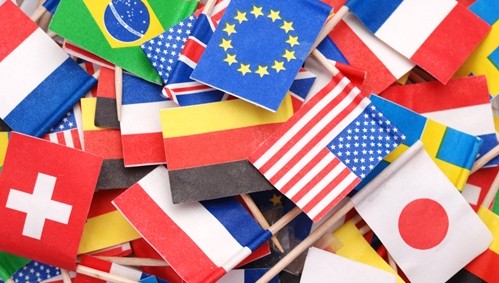Trade preference which Laos benefits from can be grouped into 3 categories: 1) Generalized System of Preferences (GSP); 2) preferences of developing countries; and 3) preferences under free trade agreements (FTAs).
The GSP is tariff exemption or reduction treatment extended by developed countries to developing countries and least developed countries (LDCs) with an aim to encourage their trade and economic development. Laos a beneficiary of 38 GSP-granting countries: Australia, Belarus, Canada, European Union (EU 28), Japan, Kazakhstan, New Zealand, Norway, Russia, Switzerland, and Turkey.
The second regime is the trade preference of developing countries or economies who voluntarily grant non-reciprocal preferential access to exports from LDCs. This regime includes trade preferences of China, India, South Korea, and Chinese Taipei.
The third preferential regime is the preference carried out under the framework of free trade agreements, in which most importance to Laos is the ASEAN Trade in Goods Agreement (ATIGA). In addition, Laos also benefits from preferential access to ASEAN dialogue partners (China, India, Japan, and South Korea) as well as other trade arrangements (Laos-Vietnam and Asia Pacific Trade Agreement: APTA).

In order to benefit from trade preference, exporters must be able to prove the origin of the exporting goods, fulfill transport requirement, and provide supporting documents including the certificate of origin (CO).
In a nutshell, exporters should pay attention to the following exporting procedures in order to get preferential treatment:
Step 1: check whether the exporting goods fall into the certain description and corresponding tariff lines in the tariff schedule of preference-granting markets.
Step 2: verify whether such goods are eligible for tariff exemption or reduction in the importing markets because some items are excluded from preferential treatment.
Step 3: check the rules of origin, ie whether the goods are specifically fulfilled either wholly obtained or substantial transformation criteria.
Step 4: check transport rule because some countries require the goods to be transported directly to the final destination.
Step 5: prepare the certificate of origin which can be requested from the Department of Import and Export or other competent issuing authorities.
Step 6: forward the certificate of origin and other necessary supporting documents to the importer to clear customs formalities in the importing country.
Please share your feedback below and help us improve our content.
